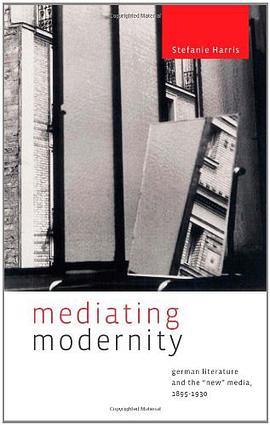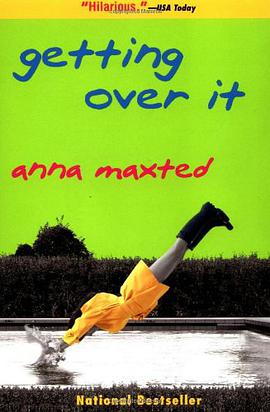

具体描述
Mediating Modernity examines this probing question: "What happens to the writing of a printed text when the phonograph and cinematograph--and both names refer, not accidentally, to writing--are able to fix the hitherto unwriteable data flow of time and the visual image?" In her study of literary modernism, Stefanie Harris counters existing scholarship by studying Literature as a part, rather than an opponent, of its contemporary mediascape, a term used to define both the existing and emerging technologies that served to record and transmit information, but also more broadly, the means by which the world is experienced and understood. Through an interdisciplinary examination that includes close studies of Rilke, Doblin, Dos Passos, Pinthus, Musil, and Hofmannsthal--and relies on the theoretical works of Foucault, Benjamin, and particularly Friedrich Kittler--Harris proposes that literary authors in the early twentieth century, while generally considered far removed from mass culture, engaged in an inevitable, if uneasy, relationship with widespread emergent technologies. These technologies, which radically reoriented temporal and spatial orders and thus the organization of modes of understanding the world, compelled literary authors to draw literature definitively out of the poetically ideal realm and into adaptive contact with other forms of media.
作者简介
目录信息
读后感
评分
评分
评分
评分
用户评价
相关图书
本站所有内容均为互联网搜索引擎提供的公开搜索信息,本站不存储任何数据与内容,任何内容与数据均与本站无关,如有需要请联系相关搜索引擎包括但不限于百度,google,bing,sogou 等
© 2025 book.quotespace.org All Rights Reserved. 小美书屋 版权所有




















